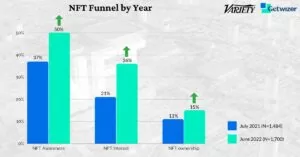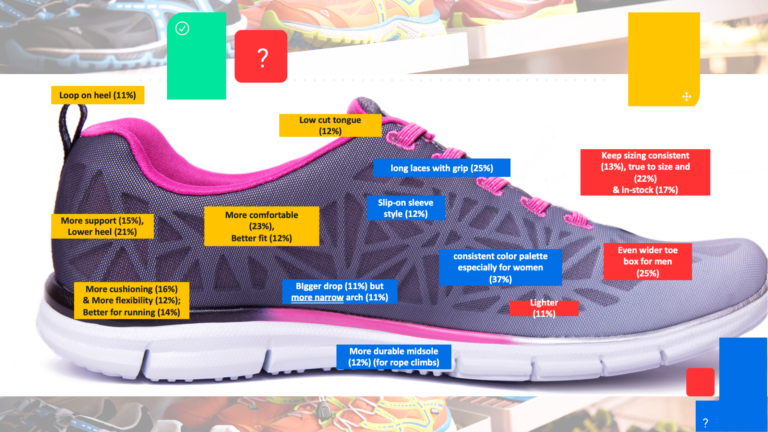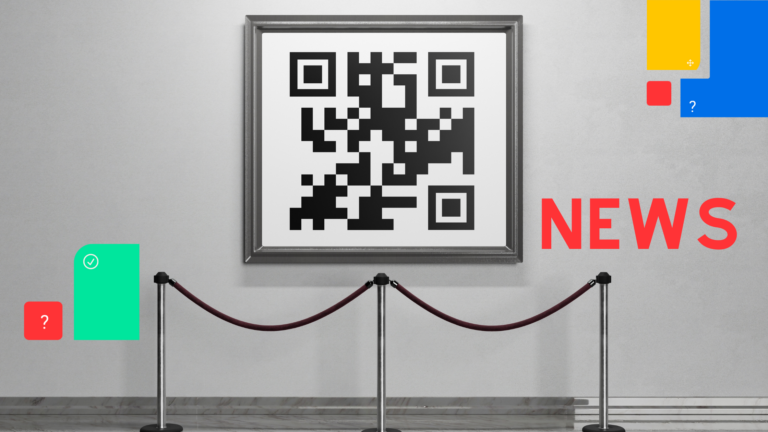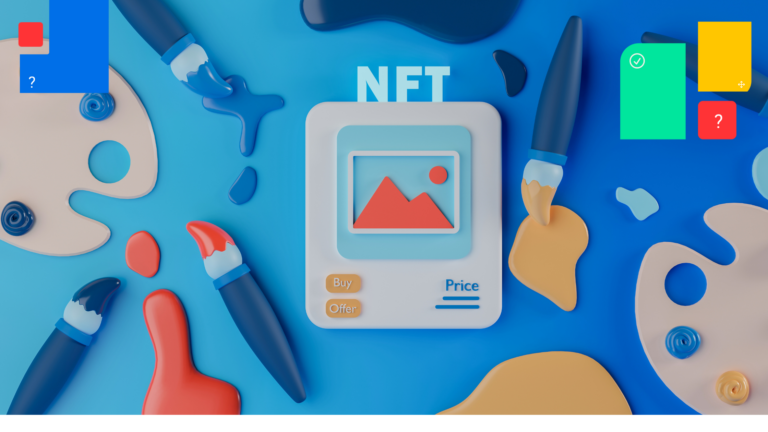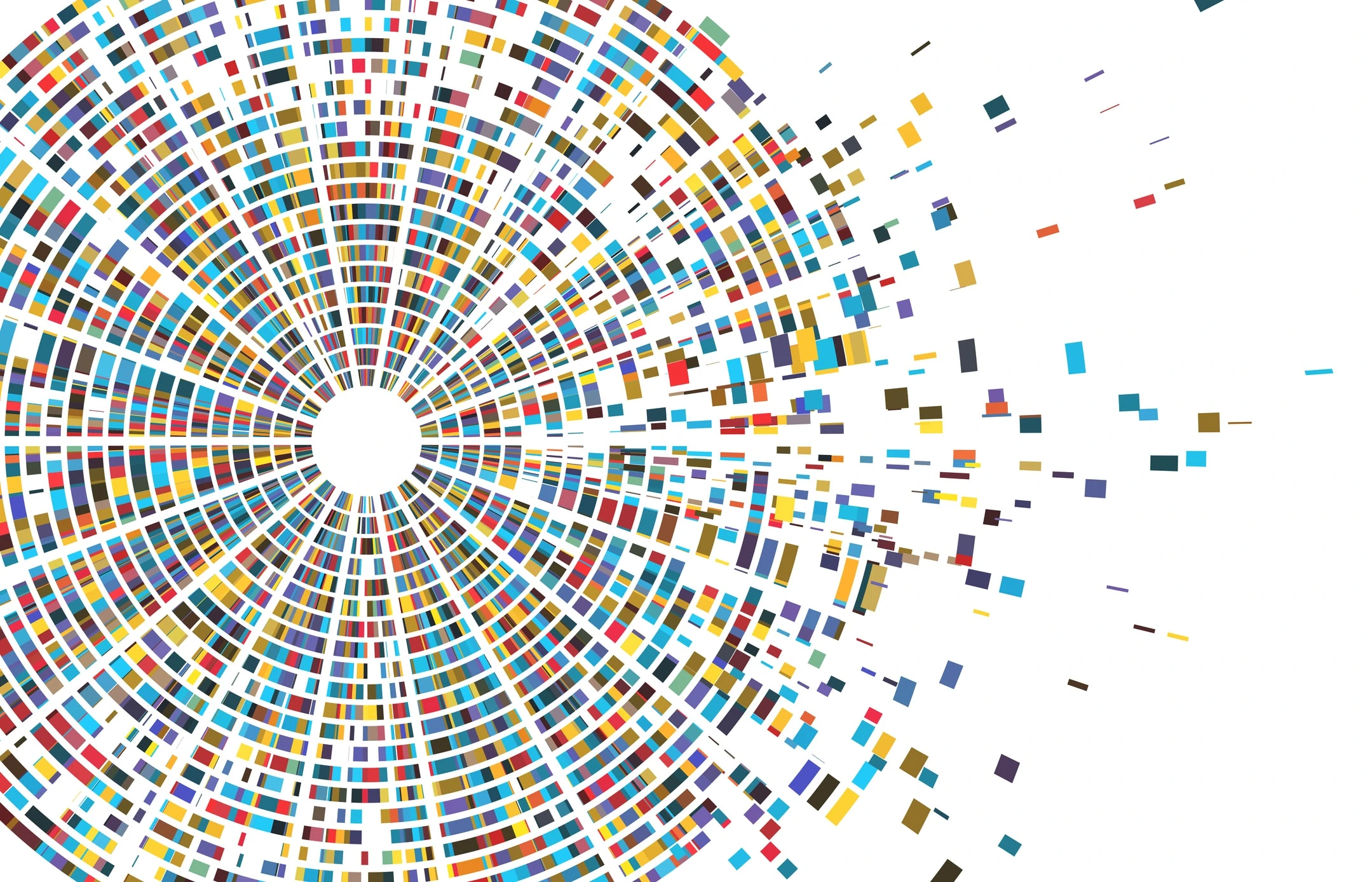
Augmented Analytics – The future of data analytics
- July 9, 2021
- 4 min
How to gain increased value from growing volumes of data.
In the past years, businesses in most industries have shifted from having sparse data to having too much data.
With the proliferation of data and its increasing volume, including behavioral, social, search, reviews, sales, surveys, telemetry, it’s becoming increasingly difficult to digest. Therefore, we can only scratch the surface of making this information useful for the purpose of answering important business questions.
The emerging solutions for big data have begun to create the first part of the insight funnel, transforming massive amounts of illegible data into somewhat usable knowledge. This in itself is often sufficient, along with the different solutions available, under the notion of “well, it’s better than just being in the dark”.
MARRIAGE OF TECHNOLOGY AND ANALYTICS
However, to fully realize the value stored in big data organizations are looking to “Augmented Analytics”. As touched on in our previous blog post, it is a discipline called out by Gartner in 2017, signifying the marriage of advanced technology (AI/ML) and analytics, and expected to become a reality for many industries by 2020. Per Gartner: “Augmented analytics is the next wave of disruption in the data and analytics market. It leverages ML/AI techniques to transform how analytics content is developed, consumed and shared. Data and analytics leaders should plan to adopt augmented analytics as platform capabilities mature.”
In its report, Gartner explained what Augmented Analytics is, and how it is currently used in different sectors and verticals, from predictors of high earnings and how they correlate with university attendance, through to monitoring attrition factors in retail.
CREATING LEARNINGS AND INSIGHTS
From fashion to food and beverages, and anything that is essentially consumer goods (but not exclusively so), there are at least three issues that Augmented Analytics can solve immediately. These are related to single-source outputs, e.g. surveys, social listening, as the current gold standard of creating learnings and insights:
- Their monolithic nature (siloed inputs into siloed outputs)
- The low scale and ad-hoc nature in which they are conducted
- Proactive instead of reactive
Key business questions, either untapped or relying on antiquated methodologies, such as brand tracking, trend-spotting, and product optimization, can “enjoy” the abundance of available data, teamed with modern statistical models that can intake more than a single structure of data (if such a structure even exists).
So, if we were to take spotting trends as an example, what news does “Augmented Analytics” bring to the world? There are existing solutions that try to outline trends, right? Well, yes, but they’re providing an incomplete picture.
OVERCOMING CHALLENGES
In order for an answer to be holistic and comprehensive, three factors have to be incorporated together:
- Automation (because such a process cannot be accommodated for manually)
- Multi-source data and its reconciliation (because the diversity and disparity of data is key for revelations)
- Multi-response statistical analysis models (because it needs to make sense!)
There are many challenges to that approach, of course. For example: how does one overcome the disparity of the data, as well as its frequent lack of structure altogether? And as importantly, how does one gather the “what” and the “so what?” aspects in such a data-rich environment. We all love data, but sometimes we just need to get clear, concise, statistically validated answers.
A successful deployment of such an approach can help inform businesses about trends in multiple dimensions and stages, over time, and with a well-broken-out output. Early detection, monitoring, evaluation, and even projection, can now be enabled with Augmented Analytics, and that’s just the case for trend spotting.
GetWizer is proud to introduce Augmented Analytics for CPG organizations, with R&D innovation and strategy teams at major enterprise companies already tapping into our trendspotting solution. Learn more here.
Get started
You too can test anything, anytime, over and over again.
We'll be in touch soon. Privacy settings

